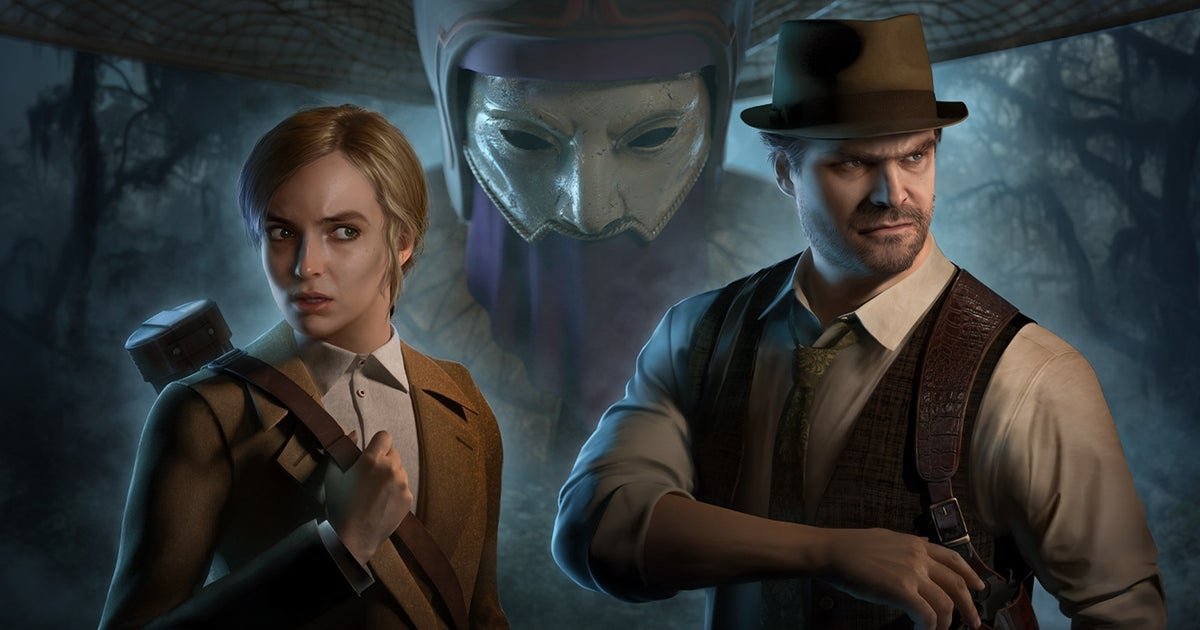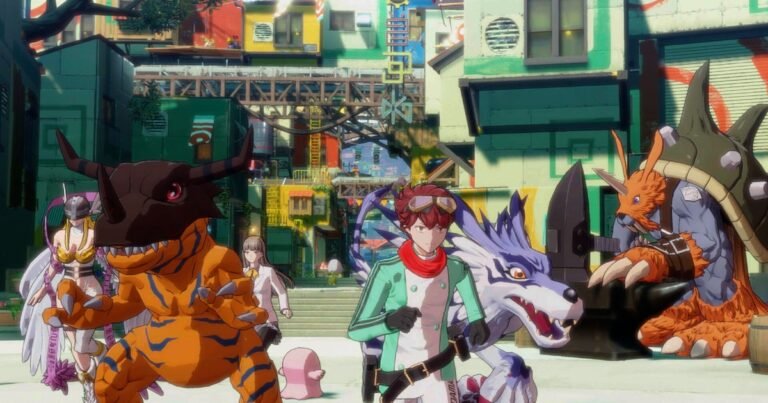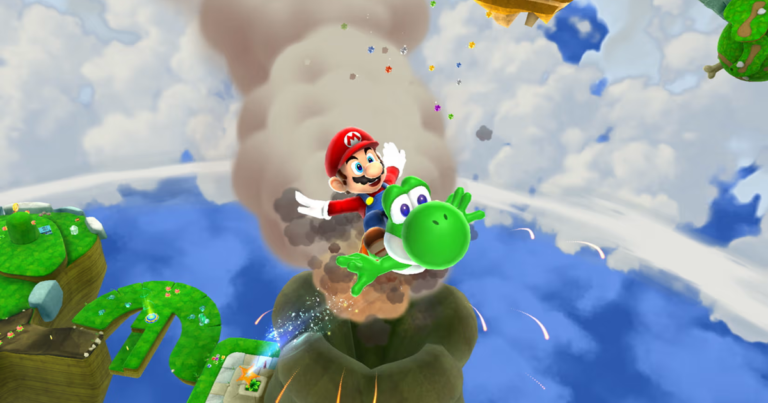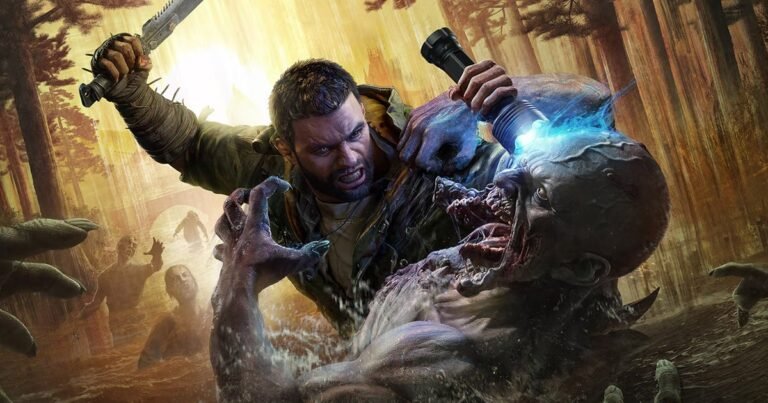
Alone in The Dark is a reference in the history of horror and survival games, a genre that has solidified in the industry over decades. Since its debut in 1992, the series promised a bright future, but unfortunately, it failed to maintain the same level of relevance and quality in its subsequent releases.
Although it didn’t have the same impact in the following years, this didn’t stop a new attempt to revive the franchise. Pieces Interactive studio took the reins of the project, with THQ Nordic in charge of publishing. Now, after a hiatus of a few years, this Alone in the Dark reboot arrives with the promise to finally revitalize the classic and provide players with a quality experience.
With solid inspirations from the original and an attempt to capture the same rhythm and essence, my expectations were high, given that this game is part of my history as a player (yes, I was already playing video games in 1992). I hoped that this new edition would be able to honor the legacy of the original. However, as you will see, this Alone in the Dark is a clear example that creating a good video game is not just about using a well-known name, it requires love, dedication, and, above all, execution capability.
In this new context, Alone in the Dark follows the story of Emily Hartwood and private detective Edward Carnby, who venture into Derceto Manor, a mansion intended for people with mental problems, to investigate the disappearance of Jeremy Hartwood, Emily’s uncle. This premise takes players on a journey through a world where the boundary between reality and imagination becomes blurred, creating doubts about whether the events are real or just illusions of the characters.
Parallel Stories
At the beginning, you can choose between one of the two main characters, Emily or Edward, each with their own characteristics and peculiarities. Although the developments may vary slightly depending on the choice, the overall plot and game mechanics remain similar for both. I chose to start with Emily, as the investigation focuses on the disappearance of her uncle Jeremy Hartwood, and it seemed to be the most obvious starting point. But be aware that each character has a parallel narrative to the main one, which provides an additional stimulus to play with both characters.
By choosing to restart with the other character, we are introduced to new revelations intrinsic to that character, which are not revealed when playing with the other. However, aside from these nuances, there is no significant practical difference between the two experiences. It seems to be more a way to lengthen the game, which can be completed with each character in less than 5 hours, resulting in about 10 hours of gameplay in total.
Structurally, Alone in the Dark offers basic elements of the horror-survival genre. We navigate through the corridors of Derceto Manor, interacting with its occupants in search of clues that can lead us to Jeremy. Dialogues are abundant and important for understanding the plot, revealing essential details, while clues are found directly or through deeper investigation. It is a challenge that requires us to pay attention to details and explore every corner in search of answers. The investigative aspect is one of the highlights, as it manages to capture the player’s attention effectively. The desire to read all available documents is constant, as it allows us to formulate theories and possible solutions to the obstacles we encounter along the way.

Watch on Youtube
Very Problematic Gameplay
The adopted method tends to favor a more tranquil horror and survival experience, but it lacks both fundamental elements. Most of the time is spent meticulously exploring each room in search of clues and solutions to the numerous puzzles. The execution of some elements may sometimes lack intuition and there are mechanics that are somewhat artificial, such as doors that alternate between being open and suddenly blocked depending on the moment, as if the creators couldn’t find a more organic way to guide the player. This lack of creativity in progression can even result in inadvertently comical moments.
Puzzles abound here, from some that challenge reasoning in a stimulating way to others that leave something to be desired. It is always gratifying to find puzzles that require an intelligent approach, and there are some that fulfill this role satisfactorily. However, I cannot ignore a serious mistake I found, particularly a puzzle that left me completely blocked, with no apparent solution. Only after changing the language of the game was I able to progress. To my surprise, the clues were completely different in the various available languages. Brazilian Portuguese and English only complicated the situation, but when I switched to Spanish, the answer became obvious. This error is unacceptable and seriously compromises the player’s experience, especially an error that hinders progression.
When it comes to gameplay, it also falls short of expectations, with evident character control issues right from the start. In fact, the movements are too rigid and not very fluid, giving the feeling of controlling a robot blocked in its movements. This lack of smoothness is even more evident during combat, where the controls are quite rudimentary when compared to other games of the same genre, such as the recent Resident Evil remakes. Furthermore, the lack of crafting elements is worth noting, as everything is provided in a predetermined way throughout the journey, without room for customization or player creation. Another frustrating aspect is the objects found throughout the map that cannot be stored, such as stones and bottles used as throwing weapons against enemies. These objects have to be used as soon as they are picked up, preventing any strategy to save or use them later, which is a confusing and illogical mechanic.
No horror or survival
To continue with dubious realization elements, here come the enemies, presented as generic monsters that do not offer any real challenge. They seem to be there out of obligation, not contributing in any way to the dynamics. In fact, they seem artificially included, as if they were just a checklist to be fulfilled. Boss battles are particularly poor, lacking any originality or creativity. It’s a shame to see these elements so poorly executed, as they represented an opportunity to create moments of true panic and terror.

Watch on YouTube
The proposal fulfills the objective of providing an interesting investigative story, intriguing puzzles, and mysterious connections between events, but it’s regrettable that only these elements sustain the experience; there is no horror or survival here. This suggests that the creators limited themselves to meeting the minimum requirements, without seeking innovation or distinction. The lack of impactful horror elements or memorable scares is evident in this context. Even the challenges typical of survival games are visibly absent. It seems that the name Alone in the Dark was used only as a label for a generic criminal investigation game.
Alone in the Dark deserved more
The truth is, I am a bit confused about the purpose of this new Alone in the Dark. From an investigative point of view, it is well balanced, but there is no trace of the characteristic horror formula of the series, let alone any element of survival. Moreover, it brings nothing new to the genre. It’s an emotionless experience that seems to use the franchise name only as a strategy to attract players looking for innovations in the genre. Alone in the Dark deserved more, and Pieces Interactive obviously failed to deliver.



